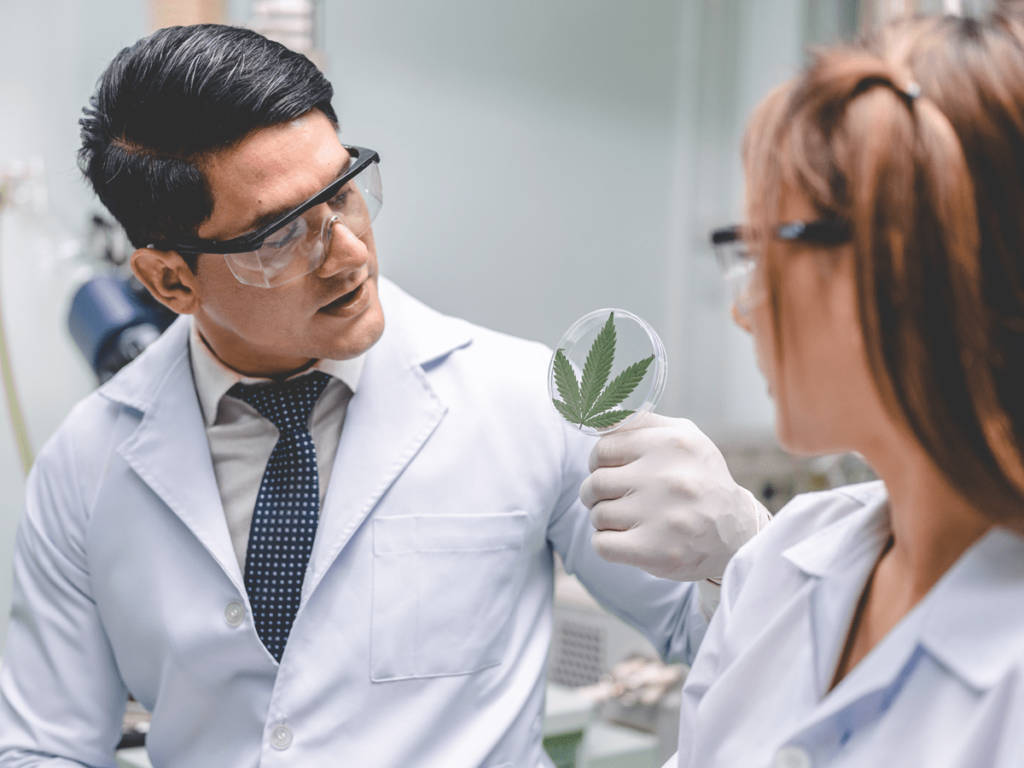If you’ve ever shopped for hemp or cannabis products, you’ve likely come across the term COA. While it might seem like just another industry buzzword, much like CBD or terpene, a COA is actually a crucial element in the buying process.
Understanding a COA is essential when shopping for hemp or cannabis products. While appearance and aroma can provide some insights, a COA offers a detailed, in-depth view of the product you’re considering, giving you valuable information that you can’t get from sight or scent alone.
What does COA Stand For?
COA is short for Certificate of Analysis. They are the third-party testing results of a laboratory licensed to test for a variety of things. These items can be required by state or federal law (depending on if the product is derived from hemp or marijuana).
What Information Does a COA Contain?
A Certificate of Analysis (COA) provides valuable information for both industry professionals and consumers.
Typical tests conducted by third-party laboratories include:
- Cannabinoid potency
- Terpene profile
- Detection of mold, pesticides, herbicides, or heavy metals
- Moisture levels (especially for smokable flower products)
For hemp products, COAs are mandated by federal law to ensure compliance with safety standards and confirm that Delta 9 THC levels are below 0.3% by dry weight.

For cannabis products, legal marijuana programs vary state by state. However, COAs are a common element among all of them. This testing is a quality control measure to help ensure brands are adhering to all safety standards outlined by the individual state program.
How to Find a COA
Finding a Certificate of Analysis (COA) for products can be straightforward, especially with reputable brands that ensure this information is readily accessible to customers.
One of the easiest methods is to check the brand’s website. Trusted brands make it a priority to provide COAs directly on their sites, ensuring the information is up-to-date and easily accessible. This not only simplifies the process for the brand but also for the shopper.
Another convenient option is to use QR codes. Many brands enhance the shopping experience by placing QR codes on product packaging. Scanning these codes with a smartphone can quickly direct you to the COA on the brand’s website. This method has gained popularity for its ease of use and transparency, benefiting both consumers and brands.
If you prefer, you can also ask store staff for assistance. Retailers that stock these products often keep copies of COAs on hand. A simple inquiry can provide you with the necessary documentation to ensure product safety and quality.
Red Flags to Watch Out For
When reviewing Certificates of Analysis (COAs), there are a few key warning signs to watch for. First, check the COA’s expiration date. Typically, COAs are valid for about a year, during which a product could change and may need retesting. This expiration date also helps indicate how old the product might be.
Another red flag is if a brand is asked for a COA and responds by claiming it is proprietary information. Such a refusal can erode trust, as it suggests a lack of transparency and raises concerns about the product’s quality and safety.

The Bottom Line
A Certificate of Analysis (COA) is an essential resource for both brands and consumers. Although it may appear as just a piece of paper, a COA provides a wealth of information. It allows consumers to verify not only the potency and quality of a product but also its cannabinoid and terpene profiles.
Understanding how to interpret a COA is crucial when shopping for hemp or legal cannabis products. Think of a COA as a treasure map—it guides you to the product that best meets your needs.
